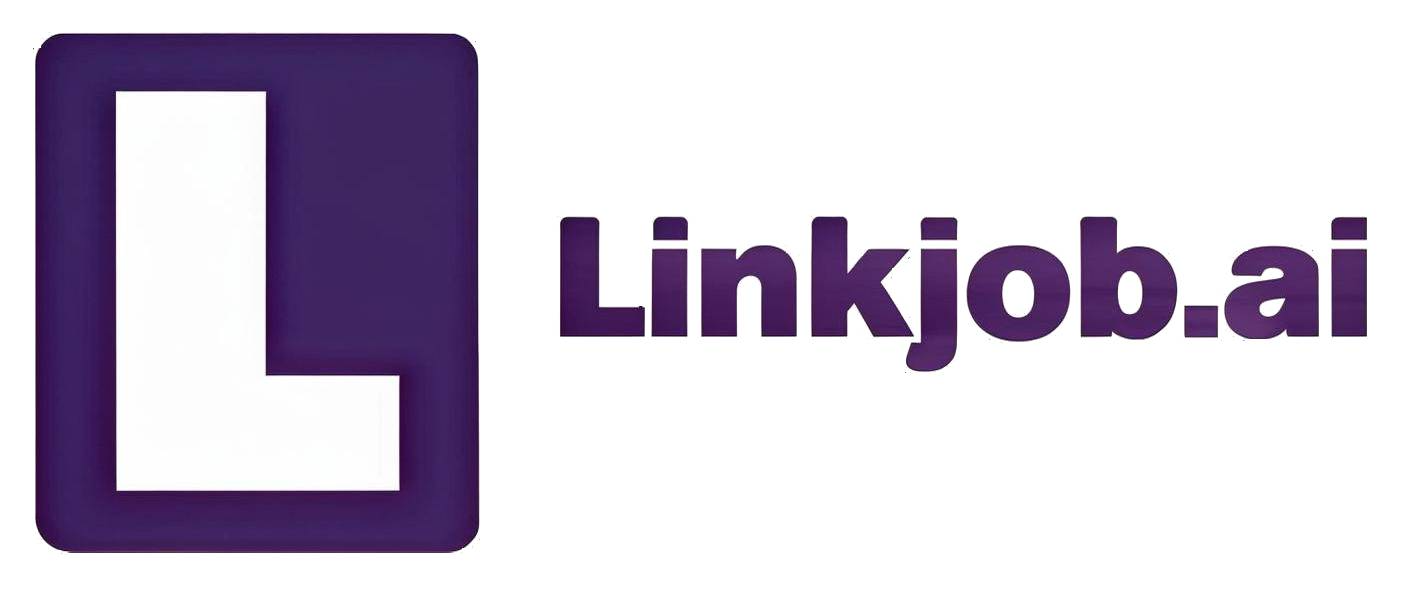OpenAI HackerRank Tricks I Used to Pass Tough Tests in 2025
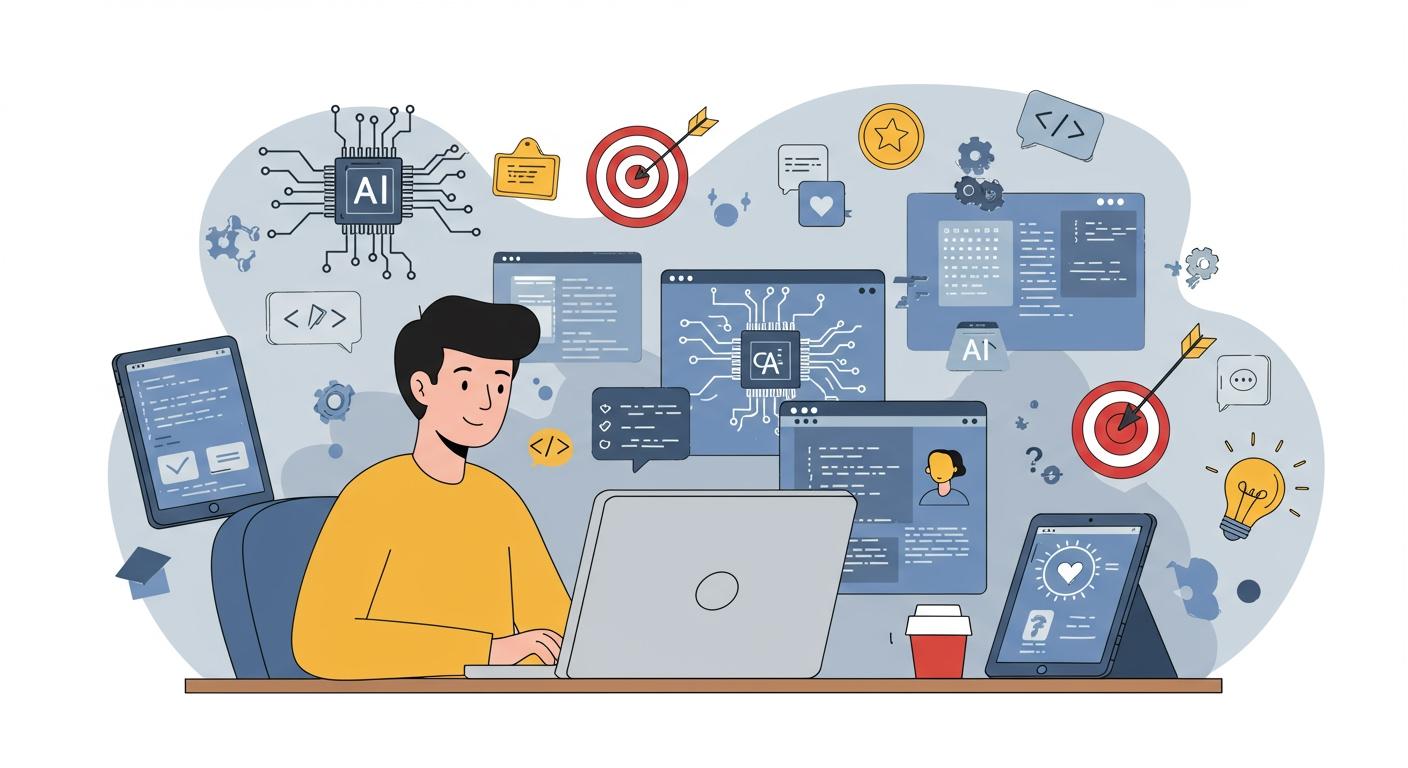
Open AI HackerRank Questions
The OpenAI OA was on the HackerRank platform and consisted of two coding questions. The difficulty of the questions I faced ranged from medium-hard to hard, and I was given 105 minutes to complete them.
I am really grateful for the tool Linkjob.ai, and that's also why I'm sharing my entire interview experience here. Having an invisible AI assistant during the interview is indeed very convenient.
Question 1: Generating Login Codes
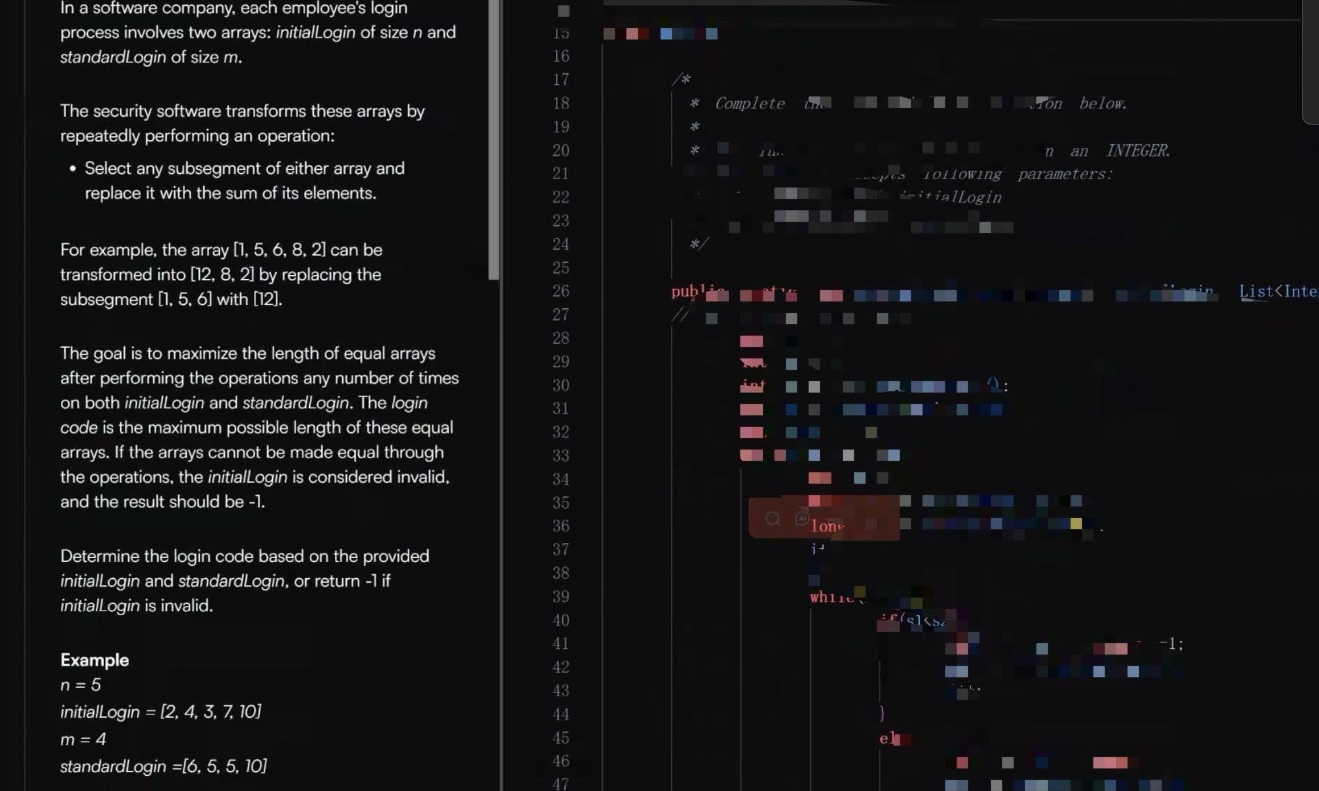
Problem-Solving Approach: I first analyzed the prefix sums and suffix sums of the two arrays, since each operation replaces a subarray with its sum, meaning the final elements are sums of consecutive segments from the original array. Then I tried to find the longest matching sequences from the start, middle, and end of the arrays. By comparing the lengths of these matching segments and adding them up, I could get the maximum length of equal arrays. If no matching segments were found, the result is -1.
Question 2: Data Processing Pipeline Scaling
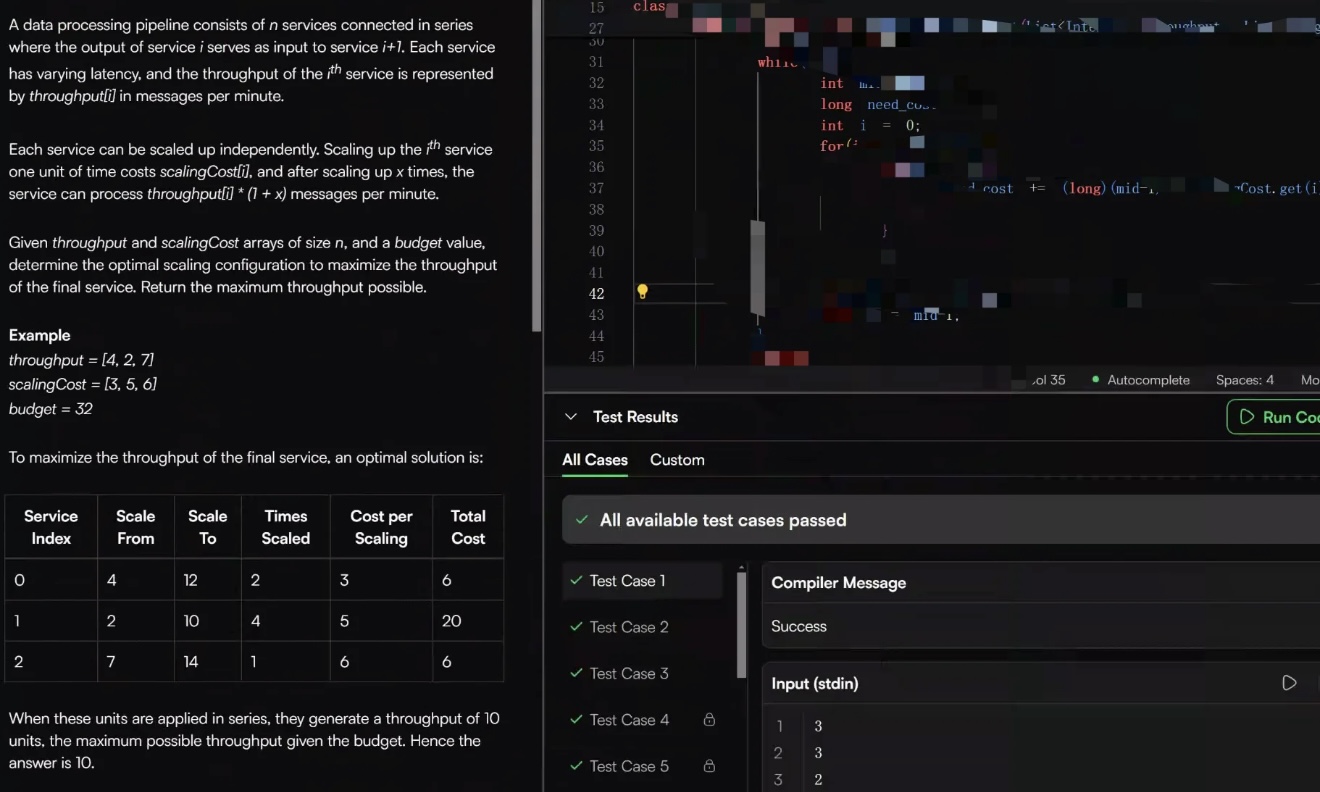
Problem-Solving Approach: Considering that services are chained and the final throughput is determined by the bottleneck service, I used a binary search combined with a greedy strategy. I first binary-searched the target throughput, then calculated for each service the number of scaling operations and the cost needed to reach that throughput. If the total cost did not exceed the budget, the throughput was feasible. By continuously adjusting the binary search bounds, I was able to find the maximum feasible throughput.
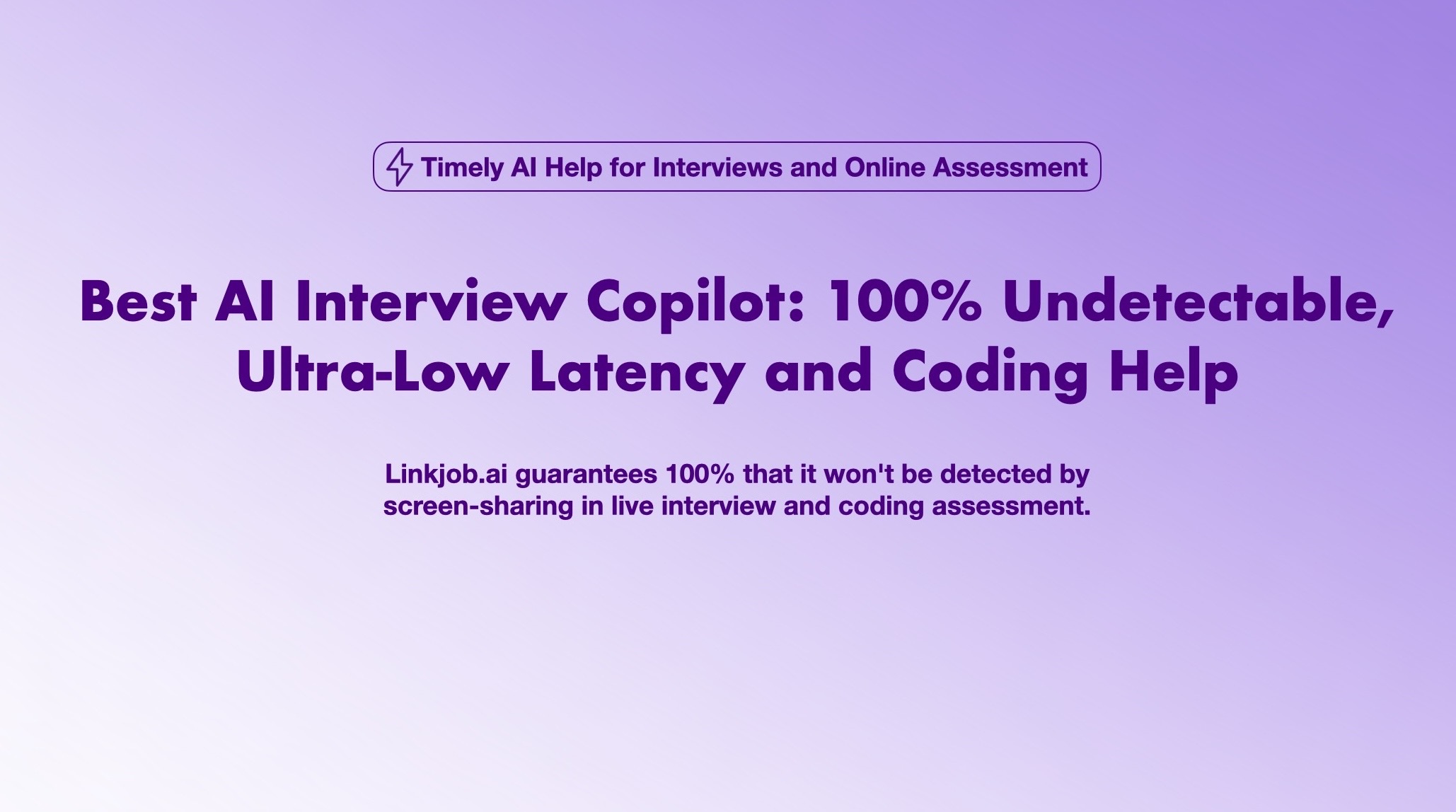
Prep for OpenAI HackerRank Test
Test Format & Question Types
The test structure felt a lot like LeetCode’s medium and hard problems. The questions often focused on data structures, algorithms, and sometimes system design. Here’s what I found most common:
AI collaboration techniques, like working with edge cases and optimizing algorithms
Time complexity analysis and picking the most efficient solution
Clean code practices, such as good variable names and error handling
Avoiding code duplication and not just copying AI-generated code
If you want to do well, you should practice spotting these patterns.
Practice Platforms & Resources
There are several practical resources and platforms that helped me practice key topics, simulate real interviews, and target specific questions, saving me a lot of detours:
HackerRank official resources: This should be your first priority! The actual OpenAI interview is conducted on this platform, so practicing here helps you get familiar with the real test environment. Additionally, its “Interview Preparation Kit” organizes questions by high-frequency topics such as arrays, dynamic programming, and sorting.
Linkjob.ai mock interviews: After providing my resume and the position I applied for, it generates personalized and highly targeted questions. These questions are based on real interview experiences. The AI also asks follow-up questions based on my answers, which really tests my adaptability.
LeetCode for supplementary practice: It’s perfect as a supplement. With over 2,000 problems and company-specific tags, it closely aligns with OpenAI’s question style and helps strengthen problem-solving skills.
Time Management Tips
Time always feels tight during these tests. I set a timer for each question and moved on if I got stuck. I also flagged tricky problems and came back to them later. Here are my go-to strategies:
Read all questions first and start with the ones I felt confident about
Leave at least five minutes at the end to review my answers
OpenAI HackerRank Test Strategies
Fast Problem Breakdown
First, I read the prompt and the key requirements carefully. I look for clues about the data structure or algorithm. Sometimes, I spot words like "shortest path" or "unique combinations." These hints tell me what approach to use.
I like to ask myself a few quick questions:
What is the input and output?
Are there any constraints or edge cases?
Can I solve a smaller version of the problem first?
If I get stuck, I sketch out a sample input and walk through it step by step. This helps me see the logic before I write the code.
Coding Shortcuts & Templates
I keep a set of code templates ready for common tasks. For example, I have quick snippets for BFS, DFS, and binary search. These templates help me move fast.
Here is a simple template I use for BFS in Python:
from collections import deque
def bfs(graph, start):
visited = set()
queue = deque([start])
while queue:
node = queue.popleft()
if node not in visited:
visited.add(node)
# process node
for neighbor in graph[node]:
queue.append(neighbor)I also use shortcuts for input parsing and output formatting. This saves me precious minutes, especially in live coding rounds.
I recommend building your own library of templates. Practice using them until you can type them out without thinking.
Debugging Under Pressure
If my code fails a test case, I print out the input and my output. I compare them to the expected result. Sometimes, I add print statements to track variable values at each step. This helps me spot where things go wrong.
Here is a quick checklist I use when debugging:
Double-check input parsing
Test with edge cases (empty input, large numbers, etc.)
Print intermediate results for tricky logic
In live coding interviews, I talk through my debugging steps. This shows the interviewer my thought process and keeps me focused.
FAQ
If my OA passes, how long does it take to get the result?
I got my OA result just two days after submitting it. The OpenAI process felt pretty fast. Four days later, the HR reached out to schedule my next round, and the time was confirmed two days after that.
If I get a rejection after applying online, is there still a chance for an interview?
It’s possible. A friend of mine got rejected the day after applying online, but a recruiter reached out again over a month later. I’ve also seen people mention that even if they didn’t pass the interview, another team might notice their application and reach out for a new interview opportunity.
See Also
My Step by Step Journey Through the 2025 OpenAI Interview Process
My Secret Checklist to Prepare for the OpenAI Coding Interview in 2025

